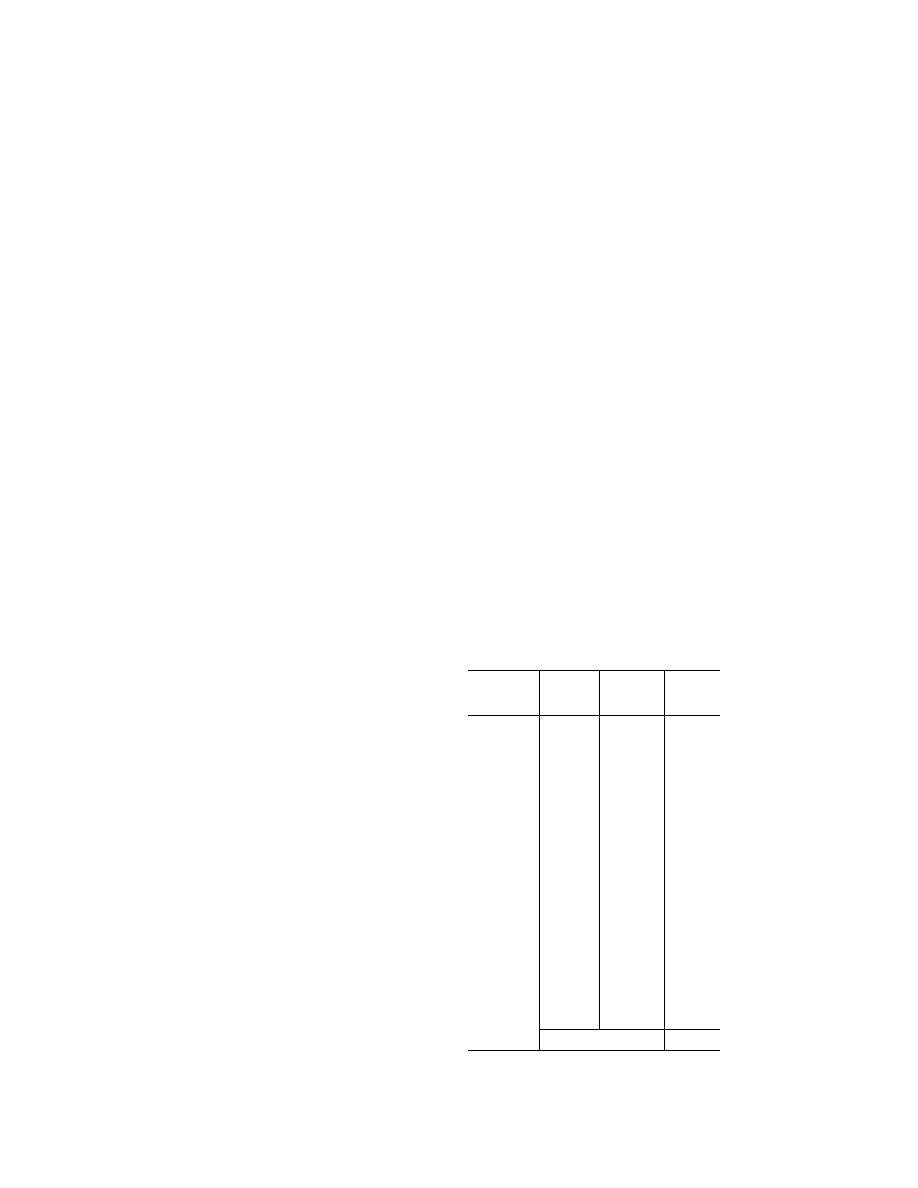
370
14 CFR Ch. I (1–1–19 Edition)
Pt. 60, App. C
to the flight crew. These aural cues can ei-
ther assist the crew (as an indication of an
abnormal situation), or hinder the crew (as a
distraction or nuisance). For effective train-
ing, the flight simulator should provide
flight deck sounds that are perceptible to the
pilot during normal and abnormal oper-
ations, and that are comparable to those of
the helicopter. The flight simulator operator
should carefully evaluate background noises
in the location where the device will be in-
stalled. To demonstrate compliance with the
sound requirements, the objective or valida-
tion tests in this attachment were selected
to provide a representative sample of normal
static conditions typically experienced by a
pilot.
b. Alternate propulsion. For FFS with
multiple propulsion configurations, any con-
dition listed in Table C2A in this attachment
should be presented for evaluation as part of
the QTG if identified by the helicopter man-
ufacturer or other data supplier as signifi-
cantly different due to a change in propul-
sion system (engine or propeller).
c. Data and Data Collection System.
(1) Information provided to the flight simu-
lator manufacturer should comply be pre-
sented in the format suggested by the
‘‘International Air Transport Association
(IATA) Flight Simulator Design and Per-
formance Data Requirements,’’ as amended.
This information should contain calibration
and frequency response data.
(2) The system used to perform the tests
listed in Table C2A should comply with the
following standards:
(a) The specifications for octave, half oc-
tave, and third octave band filter sets may
be found in American National Standards In-
stitute (ANSI) S1.11–1986.
(b) Measurement microphones should be
type WS2 or better, as described in Inter-
national Electrotechnical Commission (IEC)
1094–4–1995.
(3) Headsets. If headsets are used during
normal operation of the helicopter they
should also be used during the flight simu-
lator evaluation.
(4) Playback equipment. Playback equip-
ment and recordings of the QTG conditions
should be provided during initial evalua-
tions.
(5) Background noise.
(a) Background noise is the noise in the
flight simulator that is not associated with
the helicopter, but is caused by the flight
simulator’s cooling and hydraulic systems
and extraneous noise from other locations in
the building. Background noise can seriously
impact the correct simulation of helicopter
sounds, and should be kept below the heli-
copter sounds. In some cases, the sound level
of the simulation can be increased to com-
pensate for the background noise. However,
this approach is limited by the specified tol-
erances and by the subjective acceptability
of the sound environment to the evaluation
pilot.
(b) The acceptability of the background
noise levels is dependent upon the normal
sound levels in the helicopter being rep-
resented. Background noise levels that fall
below the lines defined by the following
points, may be acceptable:
(i) 70 dB @ 50 Hz;
(ii) 55 dB @ 1000 Hz;
(iii) 30 dB @ 16 kHz.
(N
OTE
: These limits are for unweighted
1
⁄
3
octave band sound levels. Meeting these lim-
its for background noise does not ensure an
acceptable flight simulator. Helicopter
sounds that fall below this limit require
careful review and may require lower limits
on background noise.)
(6) Validation testing. Deficiencies in heli-
copter recordings should be considered when
applying the specified tolerances to ensure
that the simulation is representative of the
helicopter. Examples of typical deficiencies
are:
(a) Variation of data between tail numbers.
(b) Frequency response of microphones.
(c) Repeatability of the measurements.
T
ABLE
C2C—E
XAMPLE OF
C
ONTINUING
Q
UALI
-
FICATION
F
REQUENCY
R
ESPONSE
T
EST
T
OL
-
ERANCE
Band center
frequency
Initial results
(dBSPL)
Continuing
qualification
results
(dBSPL)
Absolute
difference
50 .....................
75.0 73.8 1.2
63 .....................
75.9 75.6 0.3
80 .....................
77.1 76.5 0.6
100 ...................
78.0 78.3 0.3
125 ...................
81.9 81.3 0.6
160 ...................
79.8 80.1 0.3
200 ...................
83.1 84.9 1.8
250 ...................
78.6 78.9 0.3
315 ...................
79.5 78.3 1.2
400 ...................
80.1 79.5 0.9
500 ...................
80.7 79.8 0.9
630 ...................
81.9 80.4 1.5
800 ...................
73.2 74.1 0.9
1000 .................
79.2 80.1 0.9
1250 .................
80.7 82.8 2.1
1600 .................
81.6 78.6 3.0
2000 .................
76.2 74.4 1.8
2500 .................
79.5 80.7 1.2
3150 .................
80.1 77.1 3.0
4000 .................
78.9 78.6 0.3
5000 .................
80.1 77.1 3.0
6300 .................
80.7 80.4 0.3
8000 .................
84.3 85.5 1.2
10000 ...............
81.3 79.8 1.5
12500 ...............
80.7 80.1 0.6
16000 ...............
71.1 71.1 0.0
Average 1.1
VerDate Sep<11>2014
16:30 Jun 25, 2019
Jkt 247047
PO 00000
Frm 00380
Fmt 8010
Sfmt 8002
Q:\14\14V2.TXT
PC31
kpayne on VMOFRWIN702 with $$_JOB